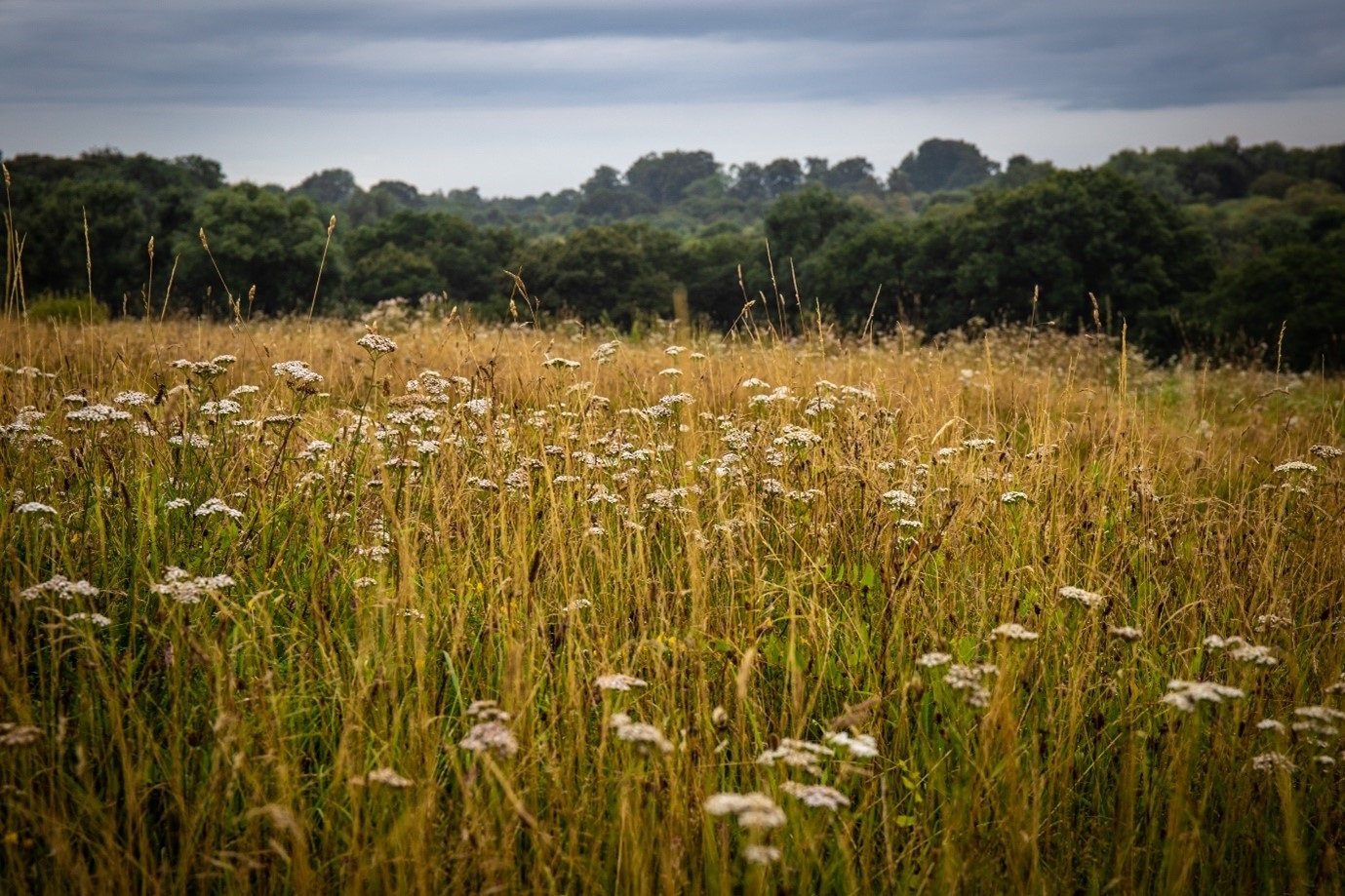History
Before Stocker's Lake
The land on which Stocker's Lake now stands was once part of Stocker's Farm which is still there today. Records from 1427 show that the farm already existed and was owned by John Stockere or Stocker.
In 1793, authority was given for the building of a canal from Brentford to Braunston. This became the Grand Junction Canal. It was completed by 1805 and it divided off part of the farm.
Over fifty years later, in 1861, Stocker's House (shown) was built for the Corporation of London to house the Collector of Coal Dues on the Grand Union Canal. Stocker's House cost £850 to build and the first tenant was Mr. Charles Browton. The dues he collected were, for example, 4 shillings per ton of wine and 12 pence a ton of coal. However with the railways becoming increasingly popular it was decided to sell the house and in 1869 Lord Ebury offered £300.
About 1922, the land between the River Colne and the canal was taken over by Rickmansworth Gravel Company. Building in the capital was booming and gravel was in demand. Extraction at the site began and the resulting pit became Stocker's Lake. The original Wembley stadium was built at around this time and many have since speculated on the possibility of a Wembley Connection?
Since 1922
Dredging and gravel extraction continued until the 1940s. In 1947 Rickmansworth and Uxbridge Valley Water Company purchased Stocker's Lake (an area of 93.7 acres) for £5000 as the dredging agreement had expired. This was to protect the aquifer and pumping sources at Stocker's and Springwell. The company became Rickmansworth Water Company in 1985 and later part of Three Valleys Water Company, eventually Affinity Water, the present owners.
In the 1970s Stocker’s Lake became a nature reserve and day to day management was assigned by the water company to Herts and Middlesex Wildlife Trust. The main reason was that the lake had started to support nationally significant numbers of wildfowl, especially Shoveler.
friends of stocker’s lake
Friends of Stocker’s Lake was started in May 1990, by voluntary warden Richard Drew and his friend Jol Mitchell, FoSL chairman 1990-2003. Their idea was to use 'friends' annual subscriptions to fund the construction of bird hides and other projects around the lake. And so it has proved. By 2016 FoSL had spent more than £70,000 on the reserve, with only a little of this coming from grants.
Since its formation FoSL has paid for and built five bird hides, elbow resting posts, various viewing platforms, over 500 metres of fencing, three fixed gates with accompanying notice boards, five disabled pedestrian gates, bird feeders and nest boxes. It has planted 700 metres of country hedges and more than 50 alder, oak and wild cherry trees. It has built a sluice along the long drainage ditch and helped eradicate Japanese knotweed from the reserve. Regular, routine maintenance work has included grass cutting and collection in the meadows (at a cost of £1,000 per annum), regravelling the tern rafts, keeping reedbeds clear of tree saplings, litter clearing and, in conjunction with the trust, hedge laying and layering. See our About page for details of two exciting, current FoSL projects.
Over 200 local people have been involved in our work parties, as well as students and teachers from Rickmansworth School. For local junior schools we have led nature walks and for the general public we have led numerous wildlife walks covering birds, wildflowers, butterflies, dragonflies, bees and wasps. We have regularly recorded sightings of birds, flowers, butterflies, dragonflies, spiders and fungi. In 2013 we purchased 350' of Colne riverbank in order to preserve it for wildlife and to protect from developers.
In all this we have worked closely with the Herts & Middlesex Wildlife Trust whose expert advice we always seek before embarking on any major project. In its own right the trust also does a lot of major, valuable work on the reserve. We have also always enjoyed a close relationship with the reserve's owners, Affinity Water.




